Patagonia’s vast landscapes extend far beyond Argentina’s famous rail routes, encompassing Chile’s dramatic terrain and lesser-known regional lines that traverse some of South America’s most spectacular wilderness. While Argentina’s trains capture the most attention, the broader Patagonian region offers diverse rail experiences through temperate rainforests, alongside pristine lakes, and across windswept plains where guanacos roam freely.
These alternative rail journeys provide access to remote communities, pristine national parks, and geological formations that reveal millions of years of natural history through landscapes that few travelers ever witness. Here is a list of 18 Patagonian rail journeys beyond Argentina that showcase the region’s incredible diversity and untamed beauty.
EFE Temuco to Pucon
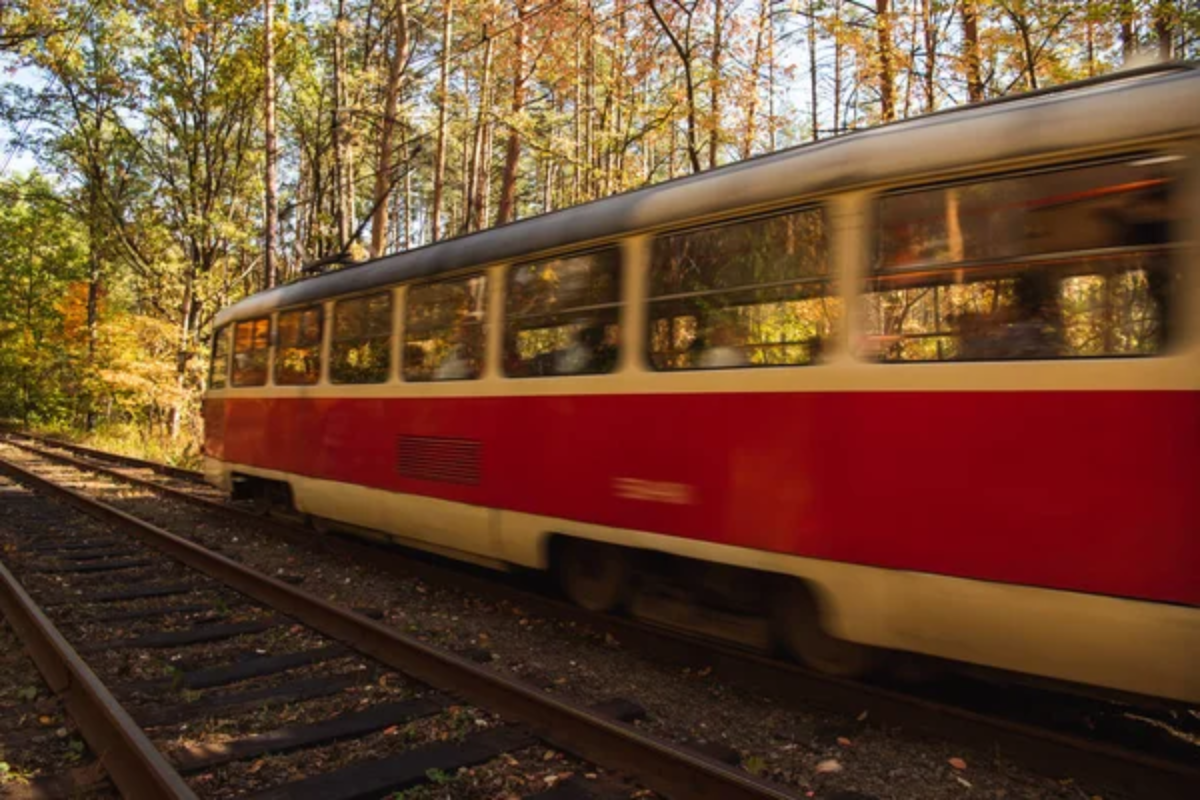
Chile’s state railway operates this scenic route through the Araucanía region, connecting traditional Mapuche communities with resort towns nestled beneath active volcanoes. The journey passes through ancient Araucaria forests where thousand-year-old monkey puzzle trees form cathedral-like groves that have survived since prehistoric times.
Traditional Mapuche villages appear along the route, offering glimpses into indigenous cultures that maintain strong connections to ancestral lands despite centuries of outside pressure. The train terminates in Pucón, where Villarrica Volcano provides dramatic backdrops for outdoor adventures ranging from volcano climbing to thermal spring soaking.
Ferrocarril del Pacífico
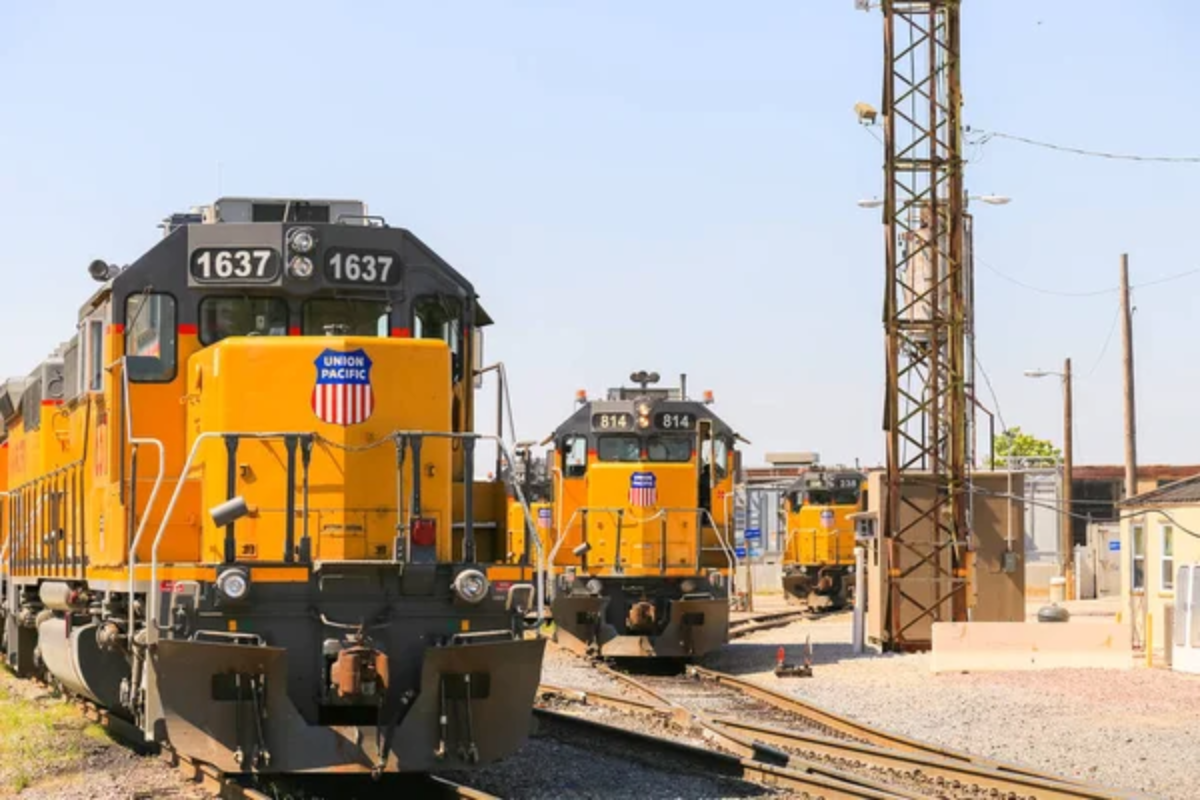
This historic line connects Santiago with coastal Valparaíso through central Chile’s wine regions and Mediterranean-climate valleys that produce some of South America’s finest agricultural products. The railway passes through countryside dotted with colonial haciendas and modern vineyards where traditional winemaking techniques blend with contemporary technology.
Coastal mountains create dramatic scenery as the train approaches the Pacific, revealing landscapes that shift from agricultural valleys to rugged coastal ranges. The journey concludes in Valparaíso, a UNESCO World Heritage port city famous for colorful hillside neighborhoods and bohemian culture.
Like Travel Pug’s content? Follow us on MSN.
Tren del Fin del Mundo Extension
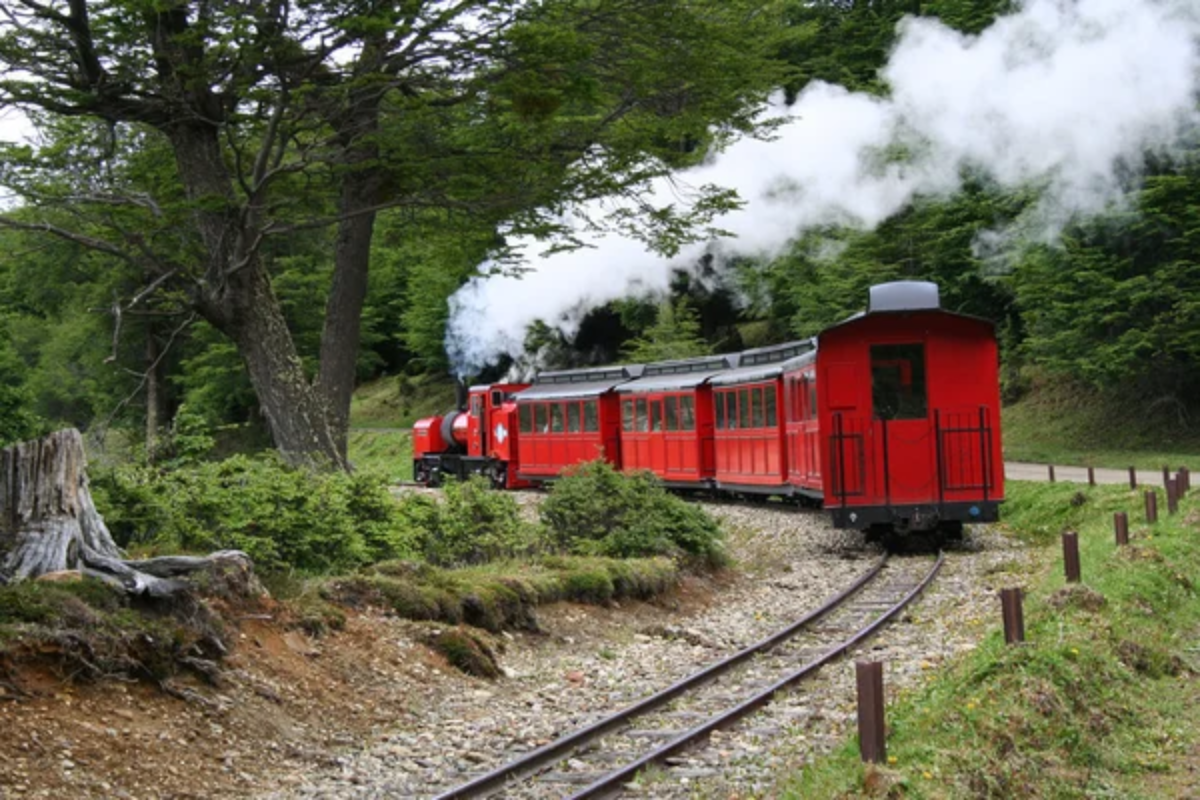
While the famous ‘End of the World Train’ operates within Argentina, lesser-known extensions continue into Chilean territory through Tierra del Fuego’s pristine wilderness areas. These routes access remote sections of the island where beaver dams and introduced species create unique ecological scenarios found nowhere else on Earth.
The railway passes through forests of southern beech trees that change colors dramatically during brief Patagonian autumns. Wildlife viewing opportunities include chances to observe Andean condors, guanacos, and South American foxes in their natural habitats.
Chilean Lake District Connections
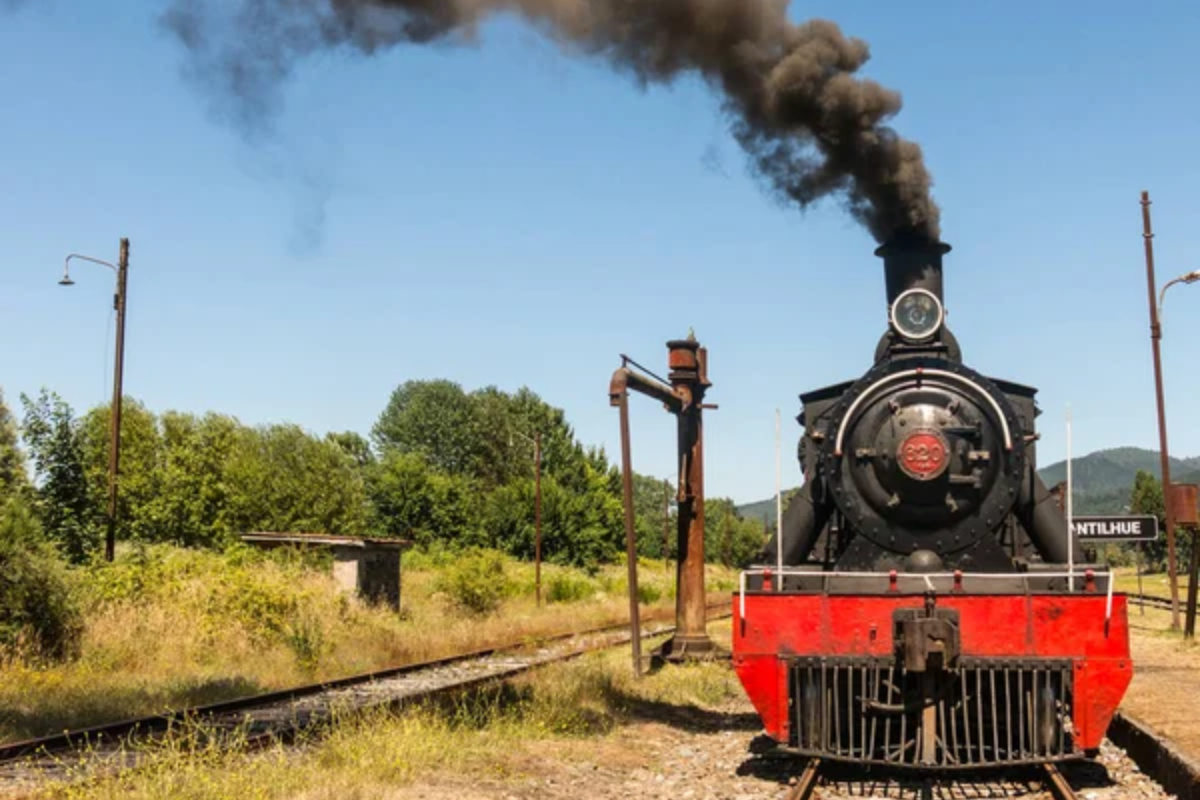
Regional rail lines connect communities throughout Chile’s Lake District, passing pristine alpine lakes surrounded by snow-capped volcanoes that create some of South America’s most photographed landscapes. The trains serve small towns where German immigrant communities maintain traditional architecture and cultural practices that blend European heritage with Chilean adaptations.
Ancient temperate rainforests line portions of the route, featuring tree species that exist nowhere else while providing habitat for unique wildlife, including pudu deer and Darwin’s frogs. Thermal springs appear frequently along the route, offering opportunities for relaxation in natural hot pools surrounded by native forests.
Ranco Lake Circuit
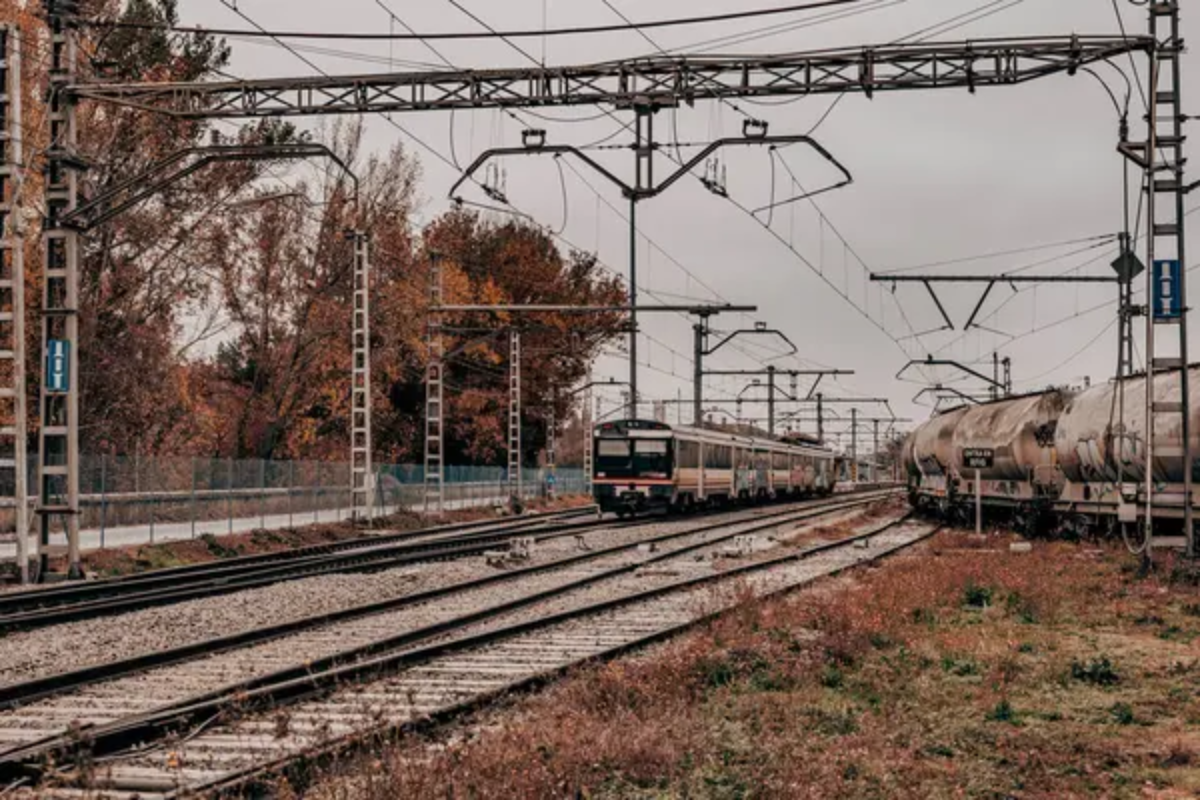
This narrow-gauge railway circles Lago Ranco through the countryside, where traditional Chilean rural life continues largely unchanged despite modern developments in nearby urban areas. The route passes working farms where families raise cattle and sheep using techniques developed over generations of Patagonian settlement.
Traditional wooden churches dot the landscape, reflecting religious architecture that adapted European styles to local materials and weather conditions. The journey provides access to lake-based activities, including fishing for native trout species and exploring uninhabited islands that preserve original ecosystems.
Like Travel Pug’s content? Follow us on MSN.
Bio-Bio Valley Explorer
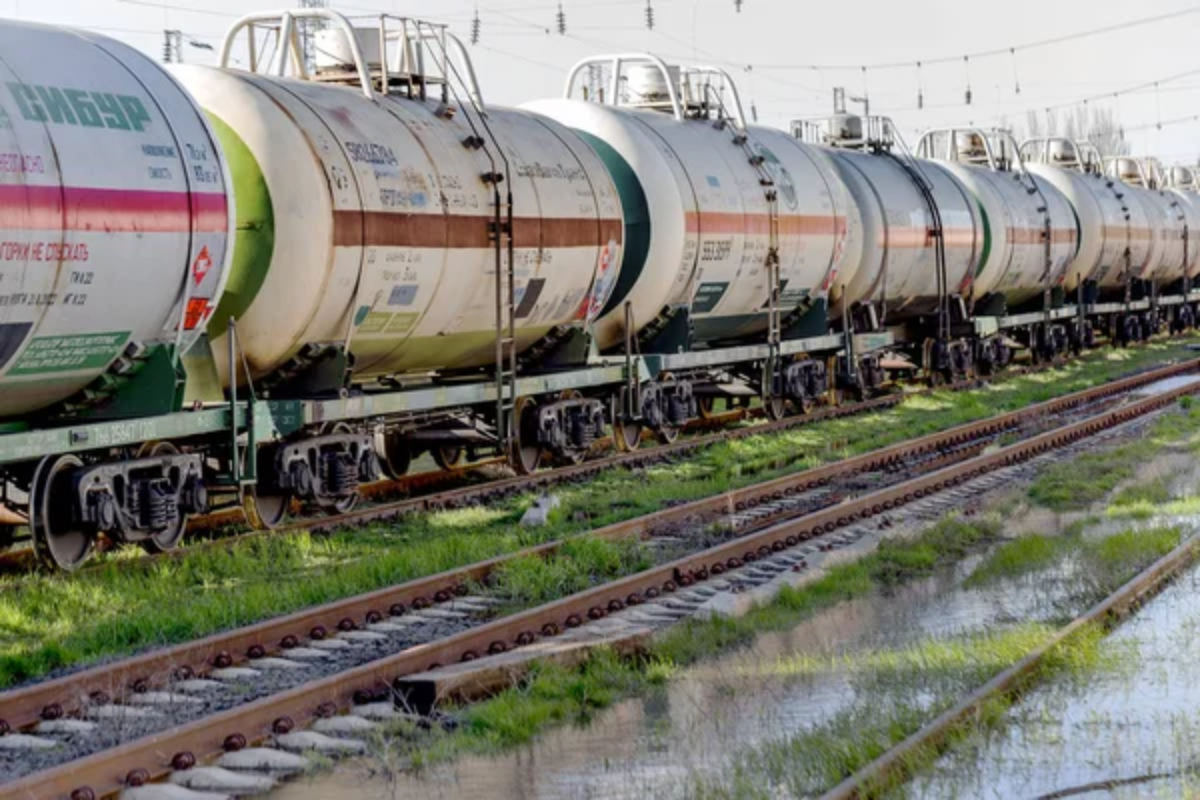
Following Chile’s Bio-Bio River through its dramatic canyon system, this rail journey showcases geological formations that reveal millions of years of volcanic activity and glacial carving. The route passes through Pehuenche communities, where indigenous peoples maintain traditional relationships with Araucaria forests that provide important cultural and economic resources.
Whitewater rapids visible from train windows attract adventure travelers seeking world-class kayaking and rafting experiences through pristine wilderness areas. The railway terminates in the Andean foothills, where thermal springs and hiking trails provide access to high-altitude environments.
Magellan Strait Railway
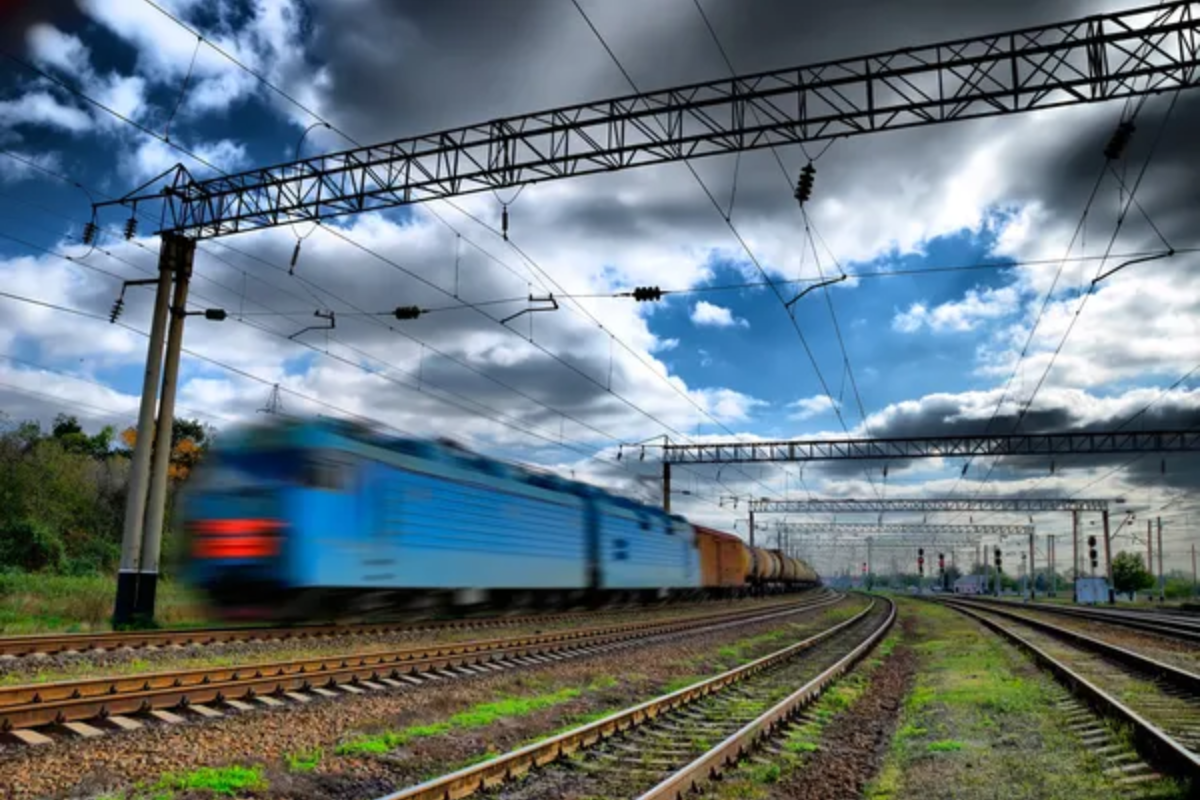
This remote line operates across Tierra del Fuego’s northern plains, connecting sheep estancias with processing facilities while providing passenger service through landscapes that epitomize the vastness of Patagonia. The railway crosses the territory where Charles Darwin conducted research during his Beagle voyage, observing wildlife and geological formations that influenced his evolutionary theories.
Traditional gaucho culture remains strong throughout the region, with working horse stations and sheep ranches maintaining a lifestyle that has defined Patagonian identity for over a century. The route provides opportunities to observe marine wildlife, including seals, dolphins, and whales from coastal sections.
Chiloé Island Connections
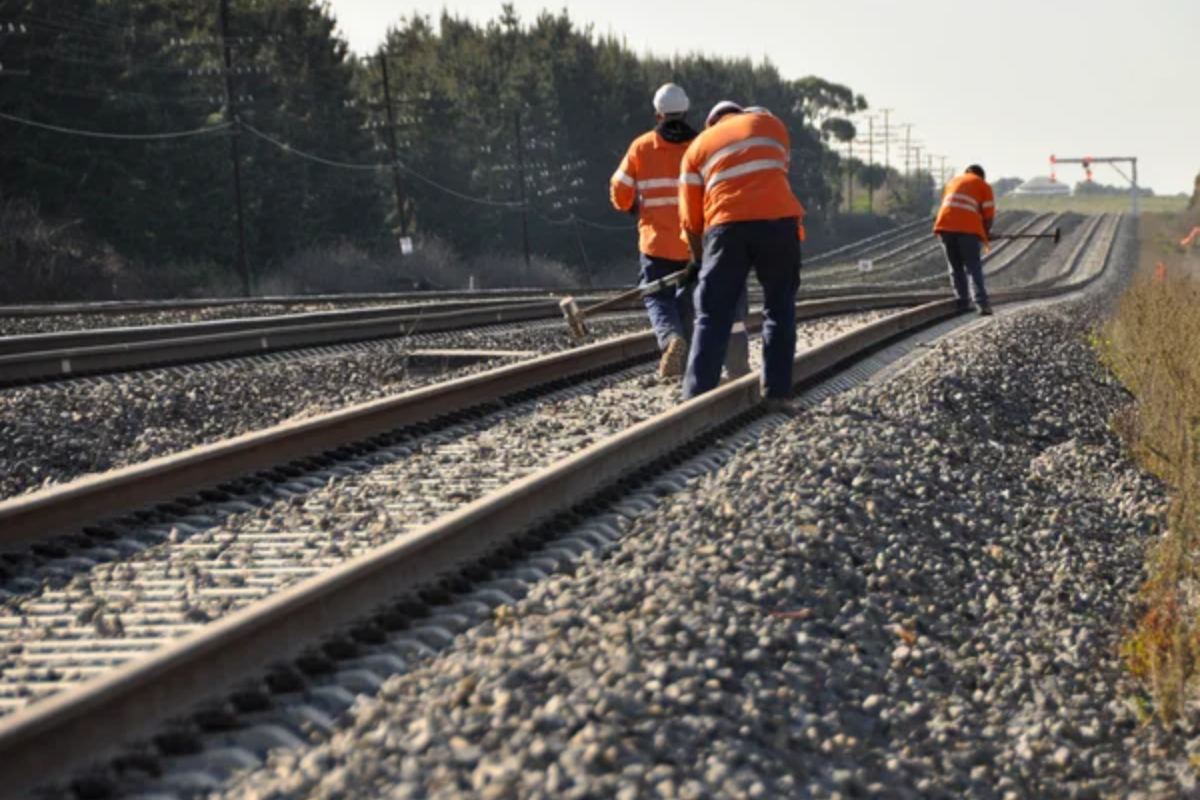
Narrow-gauge railways serve communities throughout Chiloé Island, famous for distinctive wooden architecture and maritime culture that developed in isolation from mainland Chilean influences. The trains connect fishing villages where traditional boat-building techniques produce vessels specifically designed for local conditions, including strong tides and unpredictable weather.
Traditional palafitos—houses built on stilts over water—appear throughout coastal areas, demonstrating architectural adaptations to extreme tidal variations. Local culture includes unique folklore and music traditions that blend indigenous Huilliche influences with Spanish colonial elements.
Like Travel Pug’s content? Follow us on MSN.
Aysén Wilderness Express
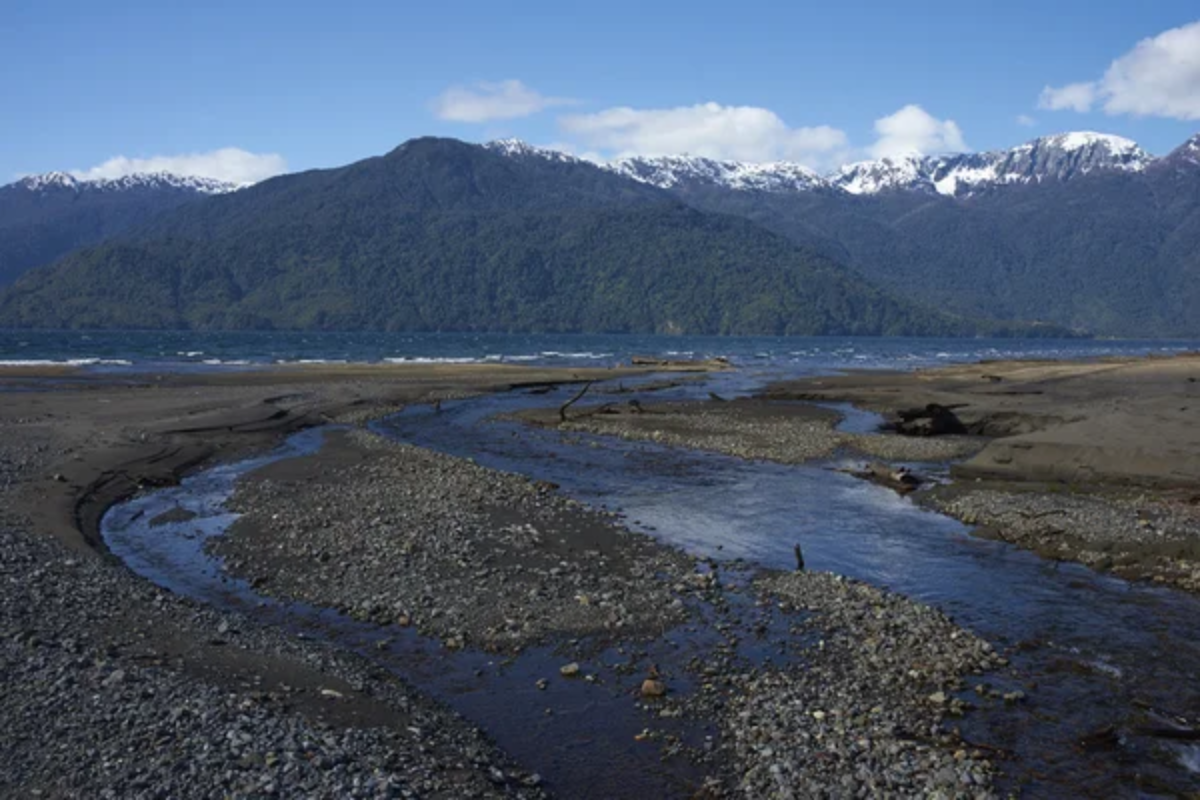
Operating through Chile’s most remote region, this railway provides access to pristine wilderness areas, including portions of Patagonia National Park, where rewilding projects work to restore original ecosystems. The route passes through valleys where glacial rivers create turquoise pools and dramatic waterfalls that cascade from hanging valleys carved by ancient ice flows.
Traditional estancias along the route offer accommodation and authentic gaucho experiences, including horseback riding and sheep herding demonstrations. The journey provides opportunities to observe wildlife, including huemul deer, one of Chile’s most endangered species.
Futaleufú River Railway
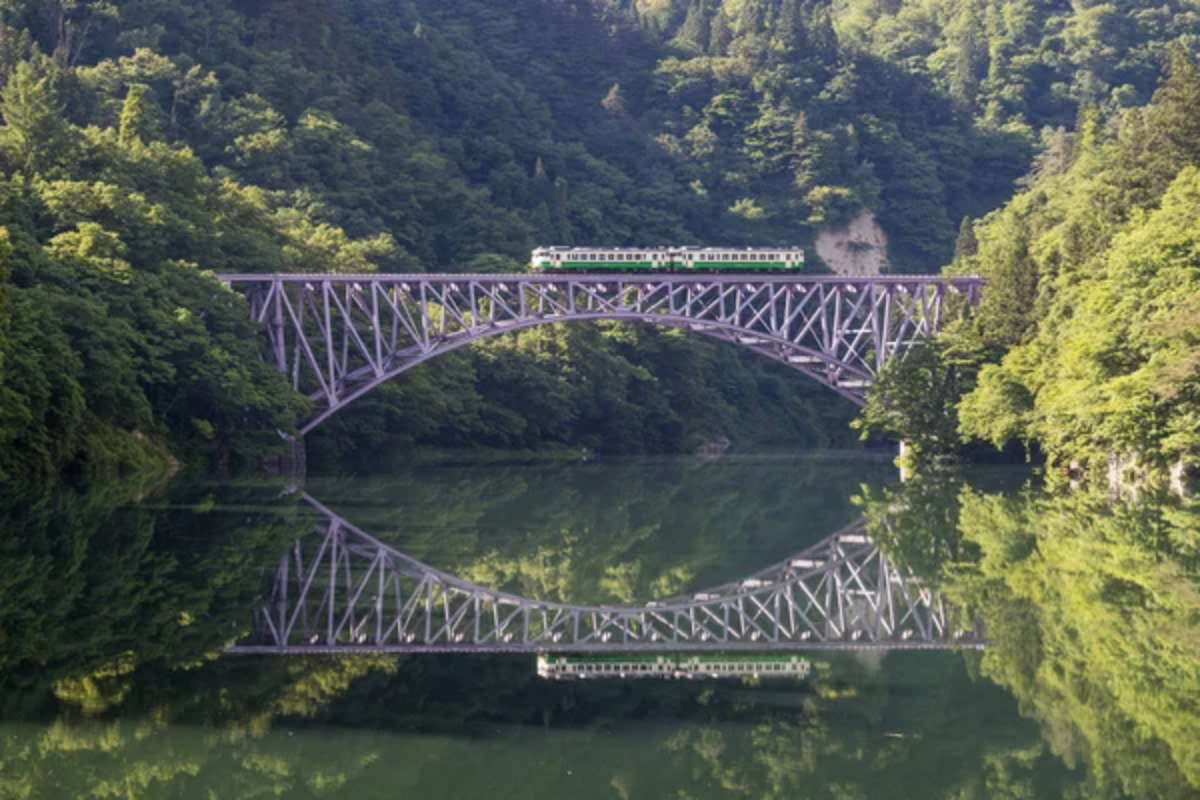
This specialized line follows one of the world’s premier whitewater rivers through pristine temperate rainforests where ancient tree species create cathedral-like environments. The railway serves adventure tourism while providing access to remote communities that maintain traditional relationships with forest resources.
Thermal springs appear along the route, offering relaxation opportunities in natural settings surrounded by native vegetation and wildlife. The train provides a platform for observing condors and other large birds that nest in cliff faces throughout the river canyon.
Torres del Paine Approach
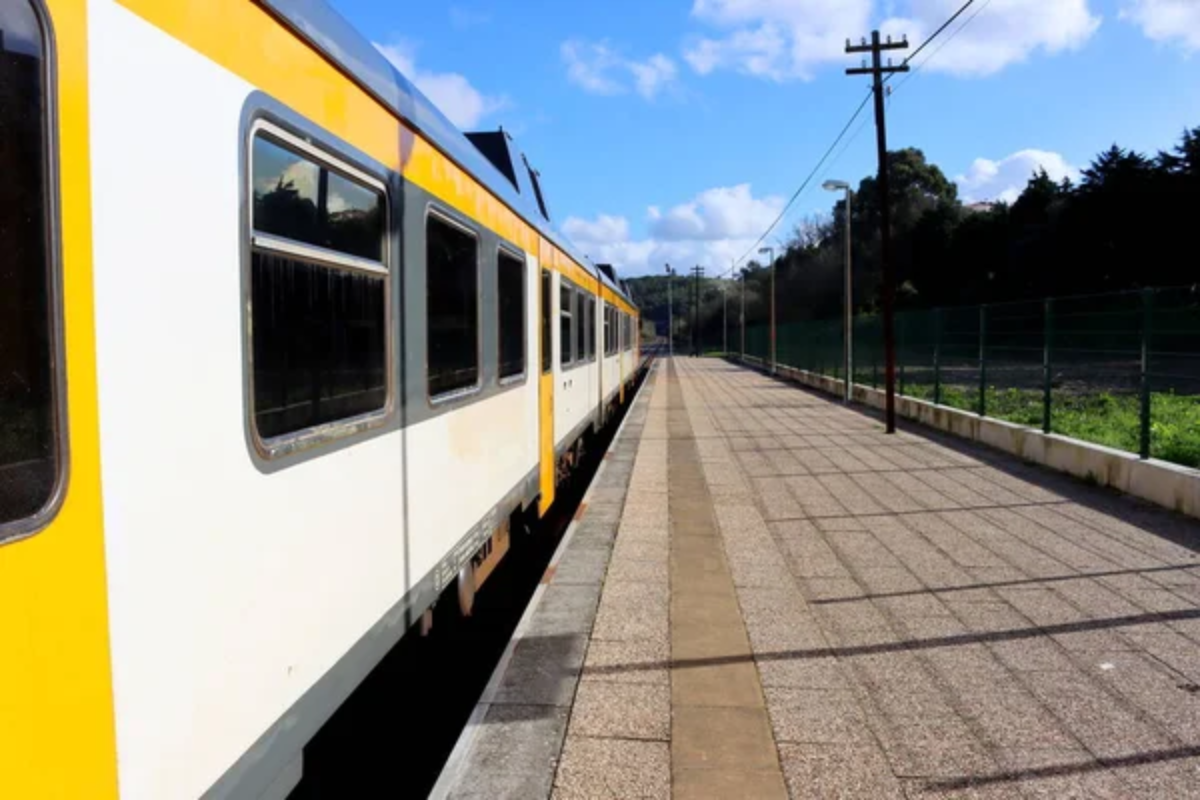
While not directly serving the famous national park, this railway connects regional communities while providing dramatic views of the Torres del Paine massif from northern approaches. The route passes through estancias, where traditional sheep and cattle ranching continues alongside wildlife conservation efforts that protect guanacos, rheas, and other native species.
Patagonian weather creates constantly changing conditions where passengers experience everything from brilliant sunshine to sudden snow squalls within a single journey. The railway provides access to lesser-known hiking trails and wildlife viewing areas that remain largely undiscovered by mainstream tourism.
Like Travel Pug’s content? Follow us on MSN.
Carretera Austral Rail Sections
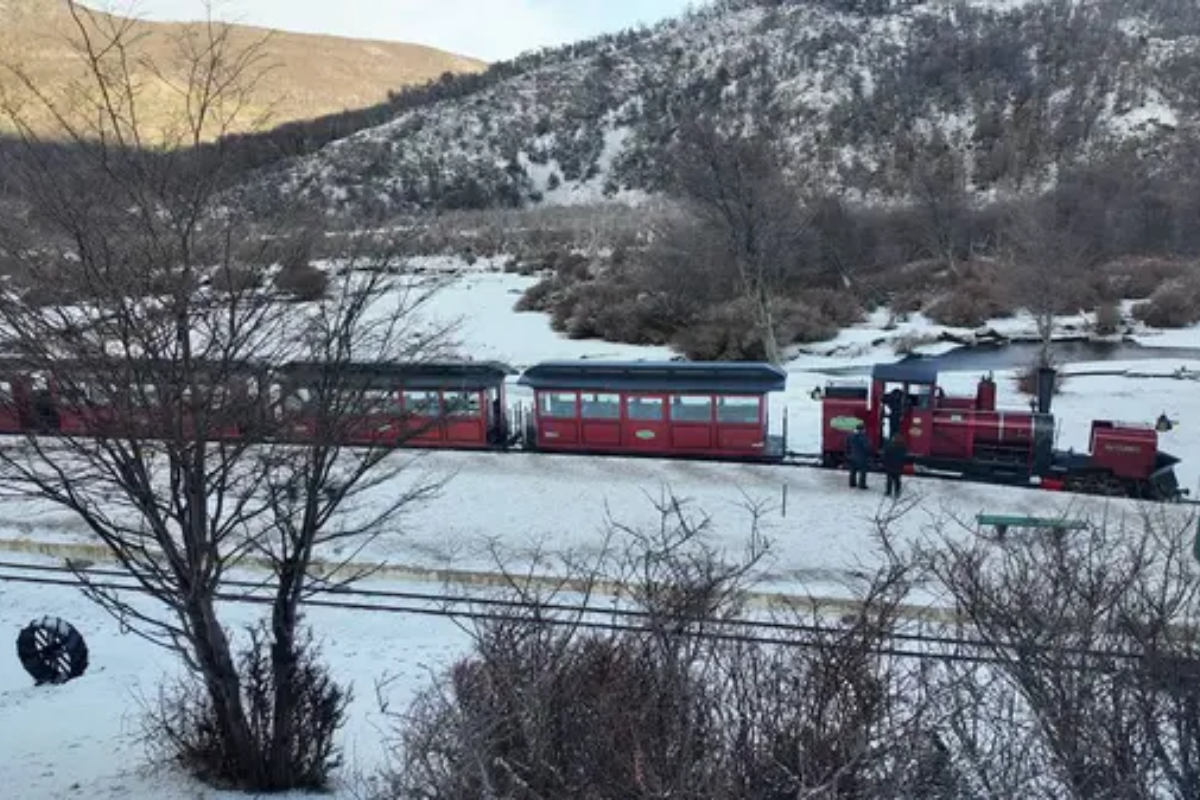
Several short rail lines serve communities along Chile’s famous Carretera Austral, providing alternatives to road travel through some of Patagonia’s most challenging terrain. These railways connect remote settlements with supply centers while offering passenger service through landscapes dominated by glacial valleys and temperate rainforests.
Traditional ferry connections integrate rail and marine transport, creating unique travel experiences across pristine lakes and fjords. The routes provide access to communities where traditional crafts, including woodworking and textile production, continue using techniques developed over generations.
Strait of Magellan Ferry Rails
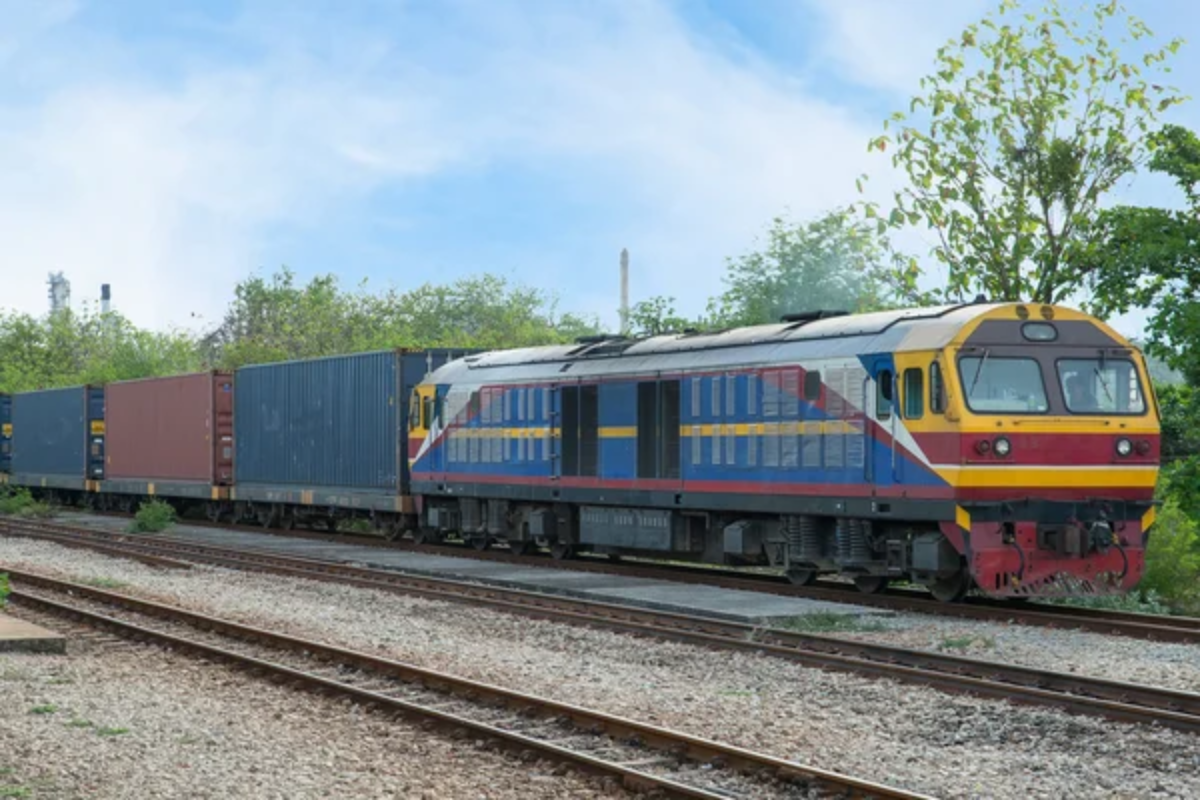
Unique rail ferry services transport entire trains across the Strait of Magellan, connecting Chilean and Argentine rail networks through one of the world’s most challenging marine environments. These specialized vessels handle extreme weather conditions, including high winds and rough seas, that regularly challenge maritime operations in the region.
The ferry crossings provide opportunities to observe marine wildlife, including seals, dolphins, and various seabird species that thrive in nutrient-rich waters. Traditional navigation techniques blend with modern technology to ensure safe passage through waters that have challenged mariners for centuries.
Valdivian Temperate Rainforest Line
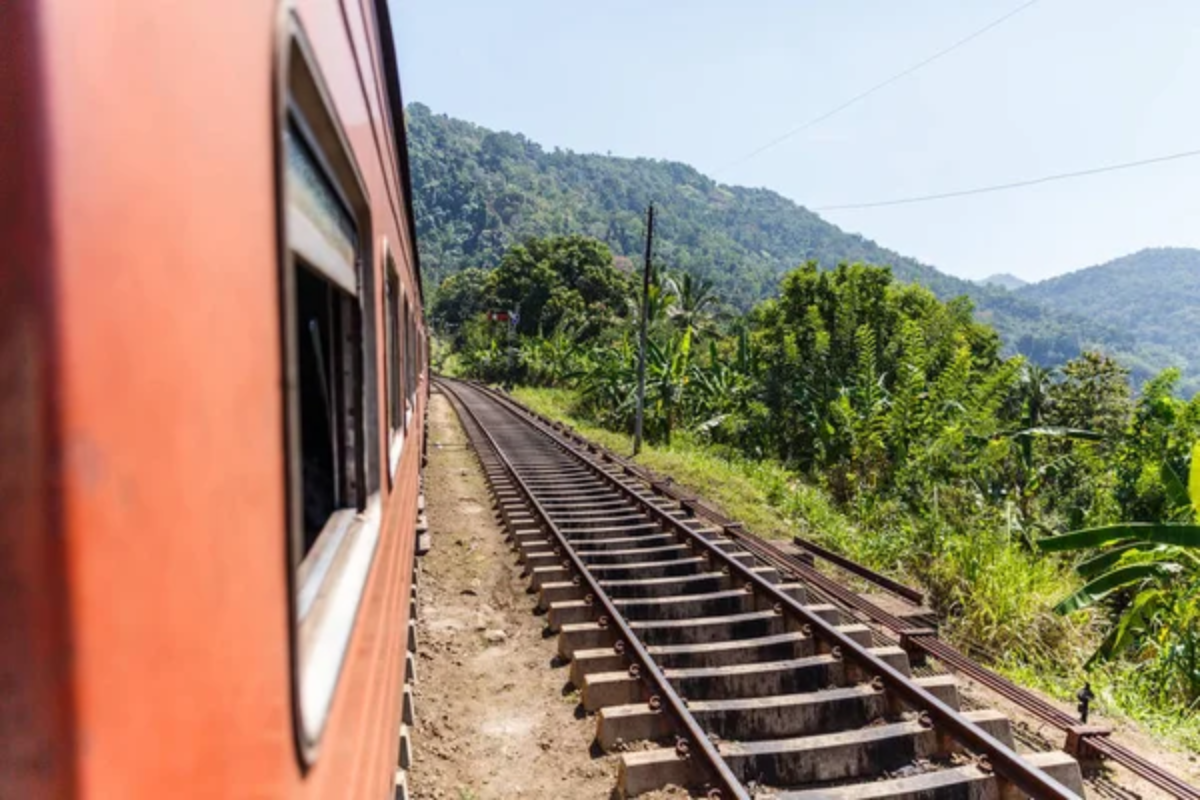
This route passes through one of the world’s most pristine temperate rainforests, where ancient tree species create ecosystems that have remained largely unchanged for millions of years. The railway serves research stations and eco-lodges while providing public access to wilderness areas that protect endangered species, including Darwin’s frogs and southern river otters.
Traditional logging railways have been converted for tourist use, demonstrating how extractive industries can transition to sustainable tourism while preserving environmental resources. The journey includes stops at natural hot springs where passengers can experience thermal bathing surrounded by native forest sounds.
Like Travel Pug’s content? Follow us on MSN.
Easter Island Connection Project
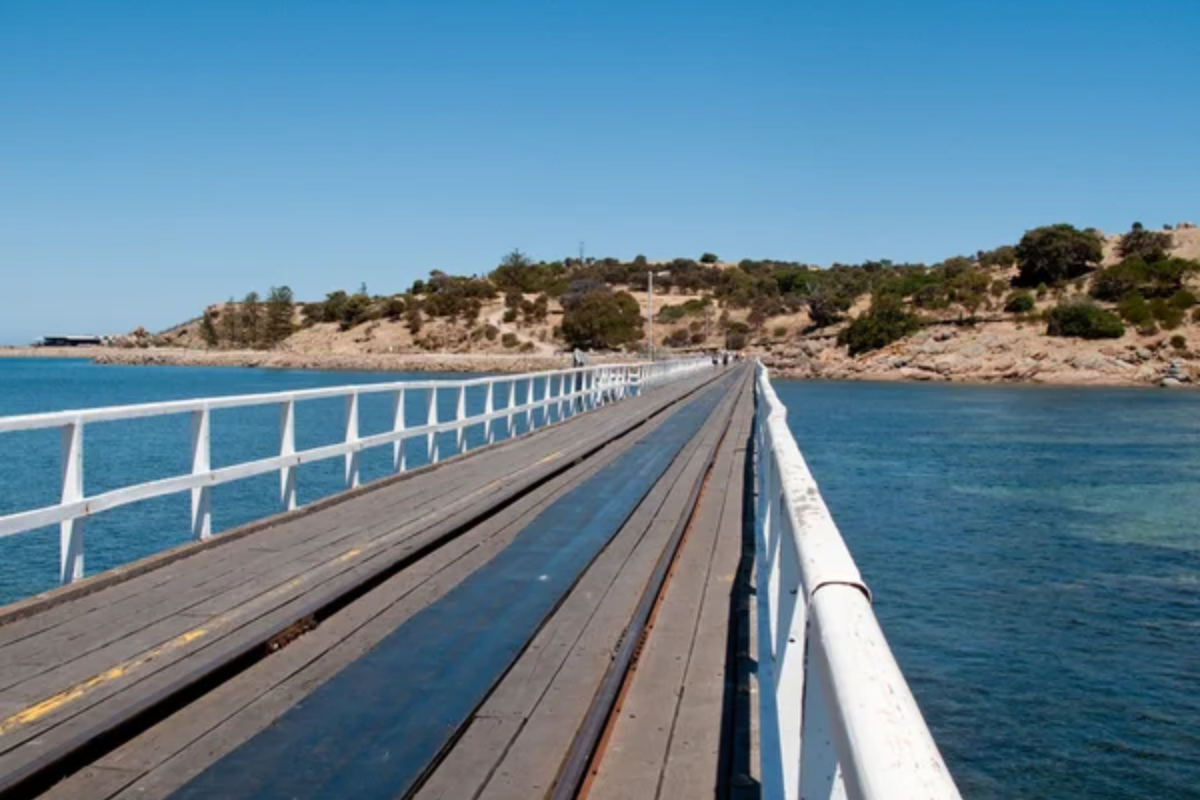
Though still in planning stages, proposed rail connections would link Chile’s mainland with Easter Island through underwater and surface transport systems that could revolutionize Pacific Island access. The ambitious project envisions rail terminals that connect with specialized vessels designed for transpacific passenger service.
Traditional Polynesian navigation knowledge contributes to route planning through waters that challenge modern maritime technology. The project represents potential future developments in remote rail transportation that could transform isolated communities.
Beagle Channel Railway
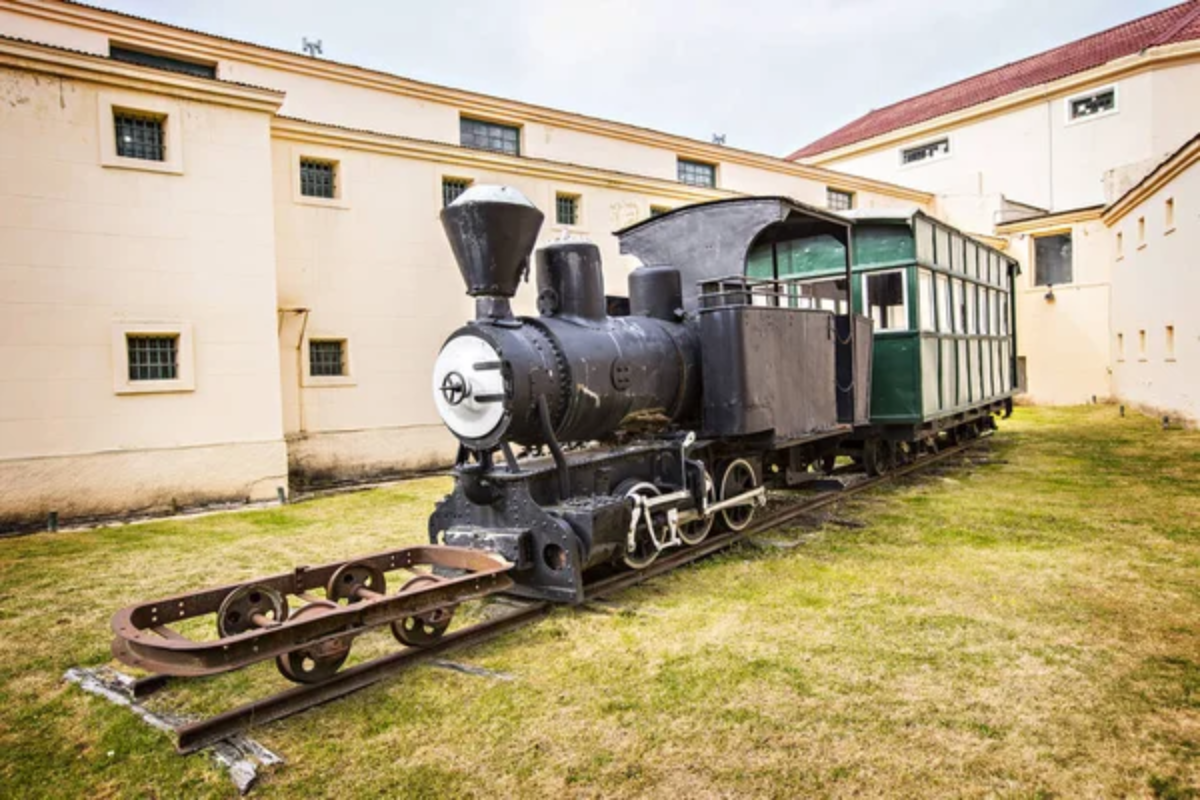
Operating along the historic Beagle Channel, this railway connects communities throughout Tierra del Fuego while providing access to sites where Charles Darwin conducted groundbreaking research during his famous voyage. The route passes through landscapes that demonstrate geological processes, including glacial carving, volcanic activity, and tectonic movements that shaped southern Patagonia.
Traditional Yahgan indigenous sites appear along the route, preserving cultural heritage from peoples who adapted to one of the world’s most challenging environments. Marine wildlife viewing opportunities include chances to observe southern right whales, orcas, and various seal species.
Central Valley Wine Train
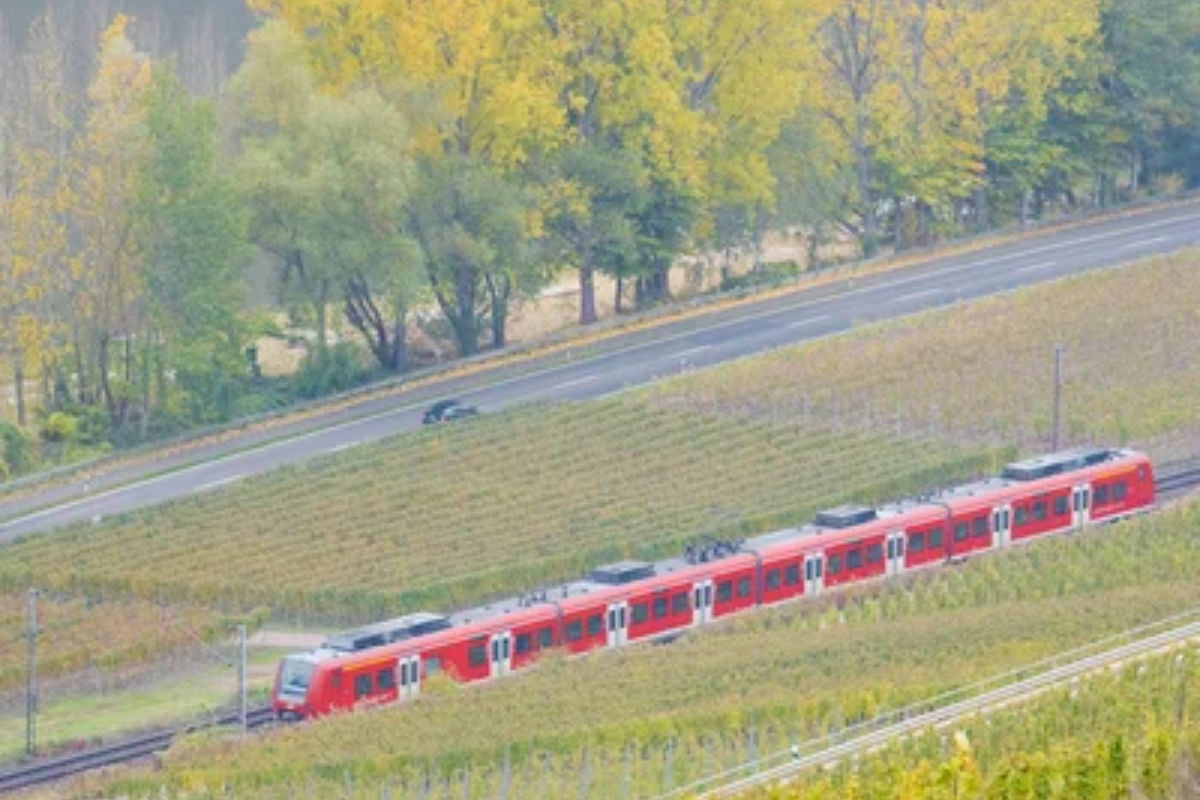
Chile’s Central Valley railways connect wine regions through landscapes that produce some of South America’s most acclaimed vintages while preserving traditional agricultural practices. The route passes colonial haciendas where families maintain grape varieties and winemaking techniques that date to Spanish colonial periods.
Traditional harvest celebrations occur alongside modern wineries that blend historical methods with contemporary technology. The journey includes stops at vineyards where passengers can participate in harvest activities and traditional festivals that celebrate regional wine culture.
Like Travel Pug’s content? Follow us on MSN.
Andean Foothills Explorer
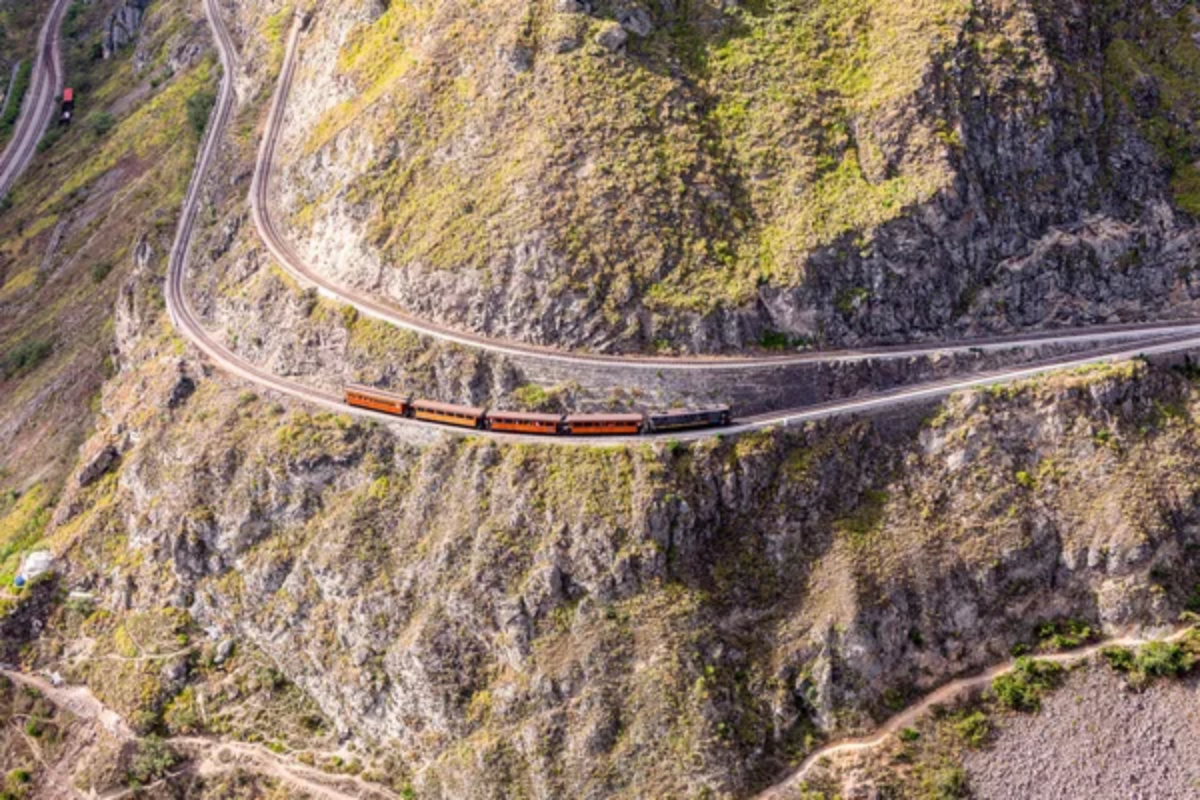
High-altitude railways access remote communities in the Chilean Andes foothills, passing through landscapes where traditional mining and agricultural activities continue despite challenging elevation and weather conditions. The route serves indigenous communities where traditional weaving and metalworking crafts produce textiles and jewelry using techniques passed down through generations.
Thermal springs and natural mineral deposits create unique geological features that provide both economic opportunities and therapeutic recreation. The railway passes through territory where vicuñas and other high-altitude wildlife species thrive in protected environments.
Patagonian Rails Uncharted
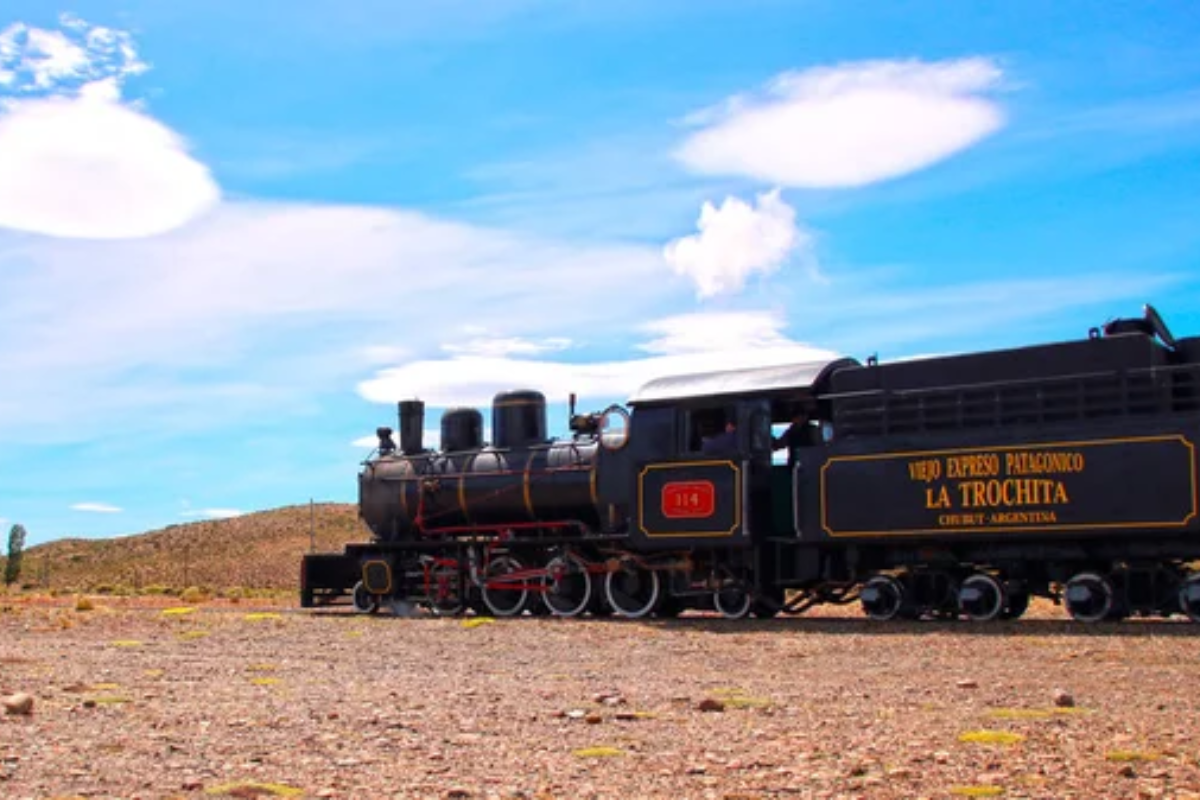
These diverse rail journeys throughout greater Patagonia reveal landscapes and communities that exist far beyond traditional tourist circuits, offering authentic experiences through some of South America’s most pristine wilderness areas. Each route preserves unique aspects of regional culture while providing sustainable access to environments that remain largely unchanged despite centuries of human settlement.
The railways demonstrate how transportation infrastructure can support remote communities while protecting natural resources through responsible tourism that benefits local economies without compromising environmental integrity. These rail experiences continue expanding understanding of Patagonia’s incredible diversity, proving that adventure and discovery extend far beyond conventional boundaries into territories where every journey reveals new perspectives on one of the world’s last great wilderness frontiers.
MMore from Travel Pug

- 20 Best Beach Towns in the Carolinas
- 13 Destinations Where Tourists Regularly Regret Their Trip
- 20 Destinations That Are More Magical Without an Itinerary
- 20 Underrated Adventures That Belong on Your Travel List
- 20 Cities Where You Should Just Wing It, No Planning Required
Like Travel Pug’s content? Follow us on MSN.vel Pug’s content? Follow us on MSN.
